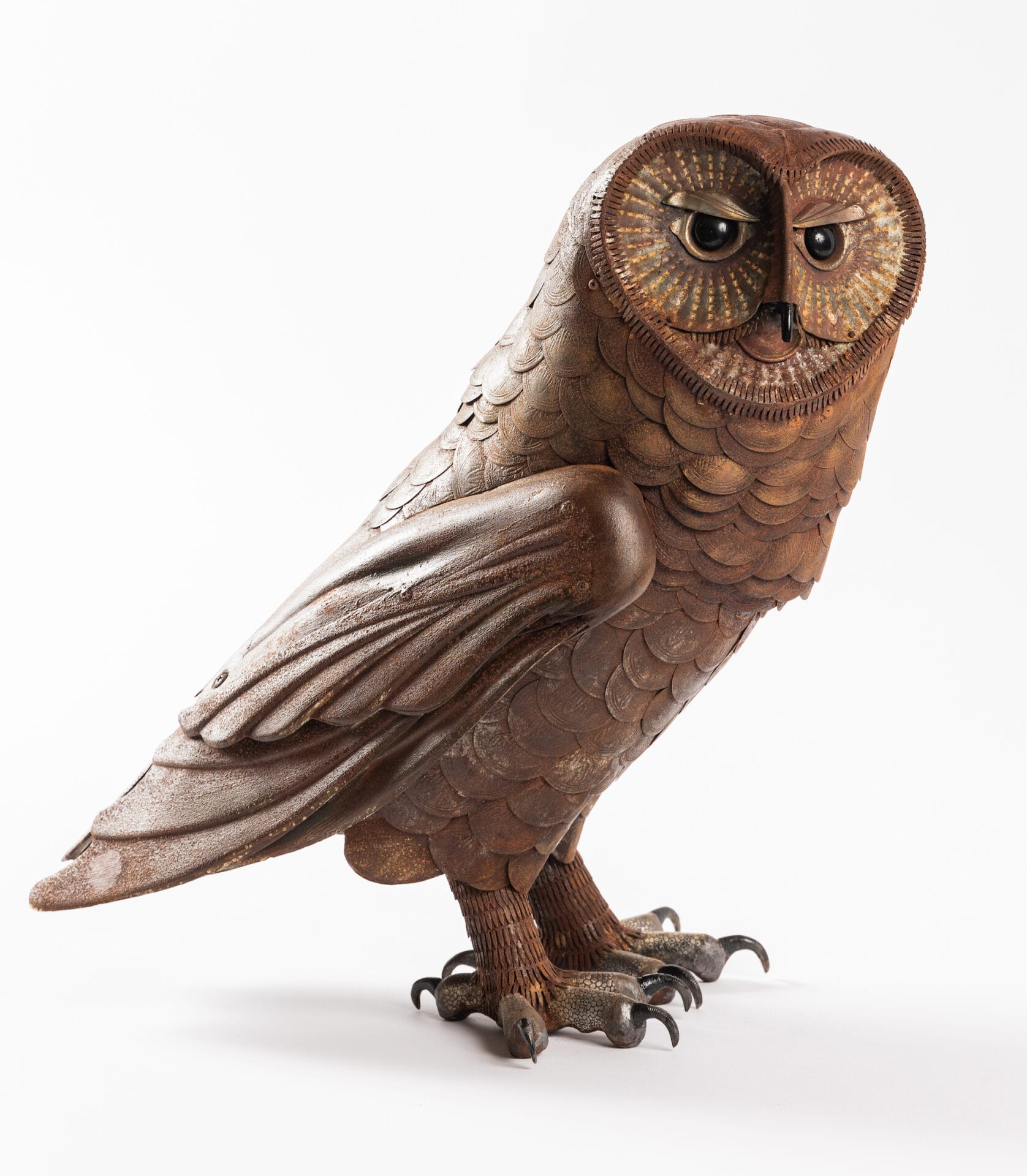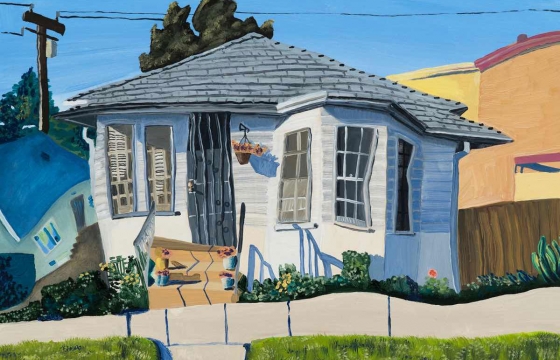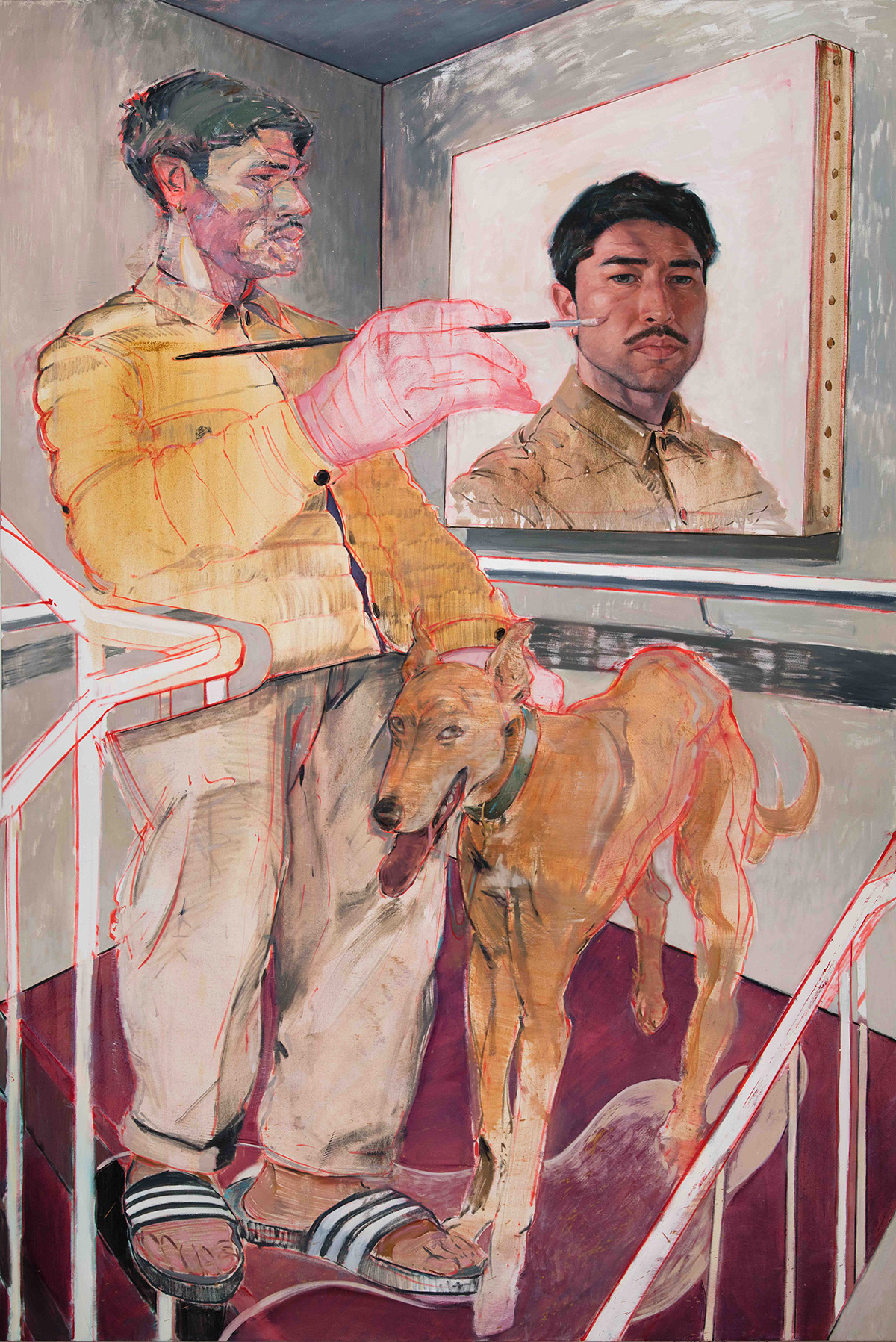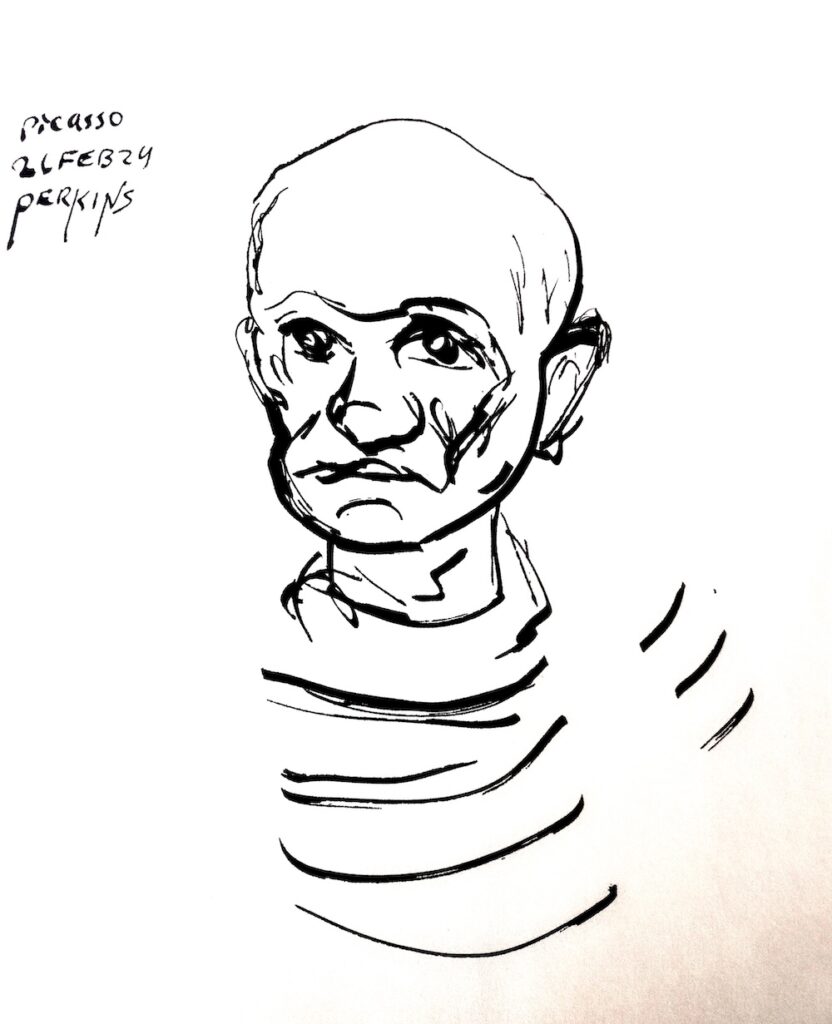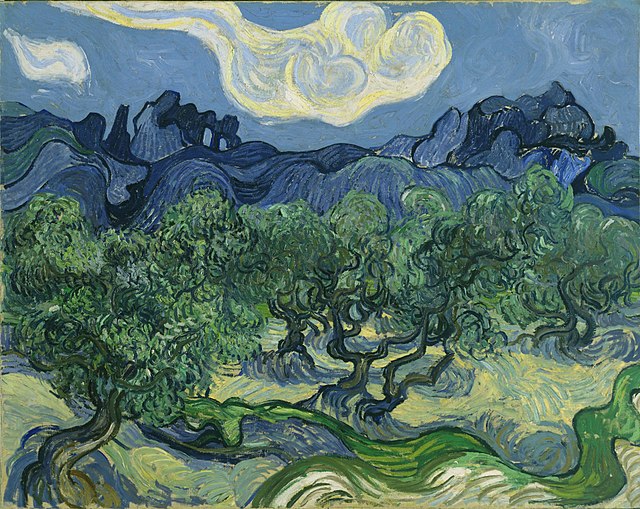1. You will receive a body.You may love it or hate it, but this one body will be yours for the duration of your lifetime on earth.
2. You will be presented with lessons.You are enrolled in a full-time informal school called “life.” Each day in this school you will have the opportunity to learn lessons. You may like the lessons or hate them, but you have designed them as part of your curriculum.
3. There are no mistakes, only lessons.Growth is a process of trial and error: experimentation. The “failed” experiments are as much a part of the process as the experiment that ultimately “works.”
4. A lesson is repeated until learned.A lesson will be presented to you in various forms until you have learned it. When you have learned it, you can then go to the next lesson.
5. Learning does not end.There is no part of life that does not contain lessons. If you are alive, there are lessons to be learned.
6. “There” is no better than “here.”When you’re “there” has become a “here,” you will simply obtain another “there” that will again, look better than “here.”
7. Others are only mirrors of you.You cannot love or hate something about another person unless it reflects to you something you love or hate about yourself. Each reflection is an opportunity for growth.
8. What you make of your life is up to you.You have all the tools and resources you need, what you make of them is up to you. The choice is yours.
9. Your answers lie inside you.The answers to life’s questions lie inside you. All you need do is look, listen and trust.1
0. You will forget all this at birth.Throughout the process of life, you will have opportunities to remember if you choose.
Source: Ten Rules For Being Human – Dr. Chérie Carter-Scott, MCC


